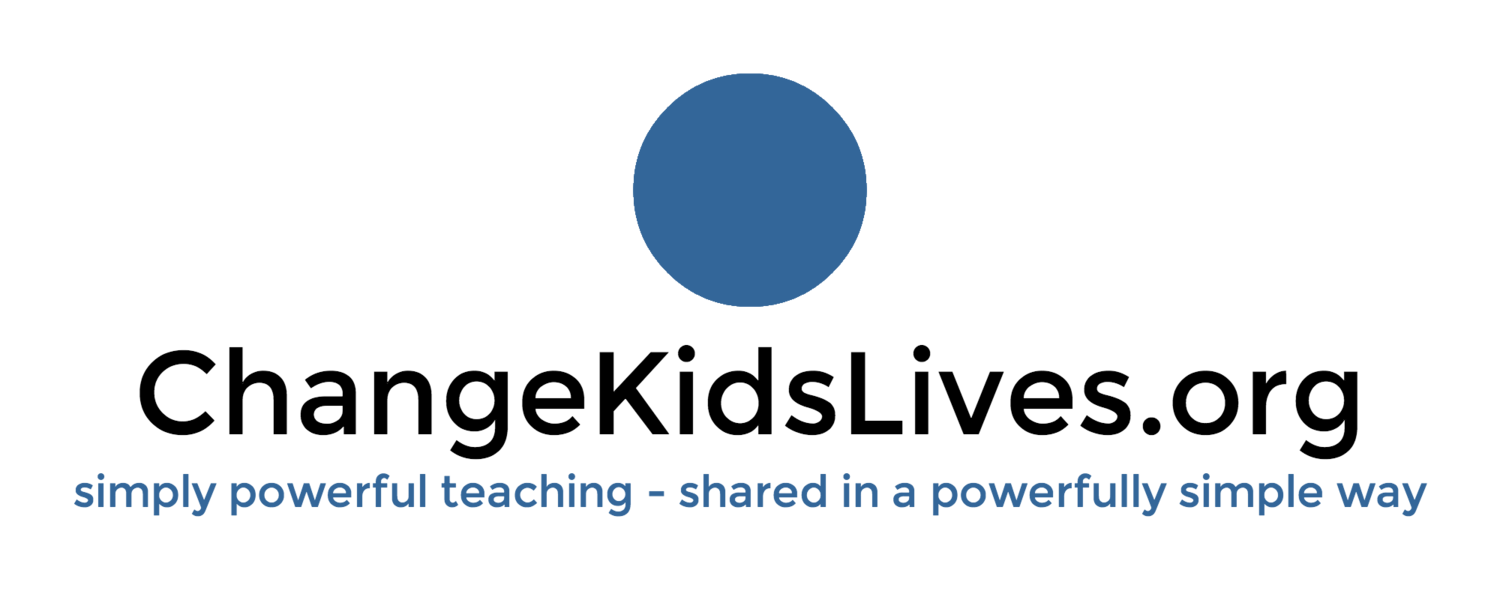Twitter For Teachers: A Guide For New Users
We are creating a 3-part series for teachers who are at the Beginning, Experienced, and Advanced levels of using Twitter. The following is our Beginners Guide that will focus on the essentials for teachers who are new Twitter.
Inspired By Amy Murch
simple truth:
When we connect with others globally, it can change the way we see our world.
Are you on Twitter? If not, this question can sound like it's just another thing that tech-oriented people want us to join. But Twitter is more than a technology fad, this social networking tool is used by over 300 million people around the world. And collectively, these users send messages (which Twitter calls tweets) over 500 million times per day.
research tells us:
Here's another question for you: Do you enjoy having a personal network of educators? A group of people who you can learn from, gain and share valuable resources, and ask practical questions? These networks usually exist at the school or district levels, though we know it can be difficult to broaden that reach. Twitter offers these same personal network benefits, but doesn't limit educators to the physical proximity of those living around you. Research has found that an increasing number of teachers are using Twitter to grow in their educational "...practice, philosophy, questions, and sharing of resources."
Twitter has become a professional development tool that connects educators around the planet. And if we're teaching our students to be global-minded citizens who use 21st century skills to learn, then starting a Twitter account may be a great way for us to walk the walk. So let's take a look at the essentials of Twitter and how it can help us grow as educators.
What is Twitter? Twitter is an online social networking tool that allows people from around the world to connect, collaborate, and learn together.
Why should I use Twitter? Teachers love to use Twitter to share what's happening in their classrooms with parents, students, staff members, and fellow educators. And the simplicity of Twitter allows teachers to share this information in real-time.
How do I begin using Twitter? It's easy to begin using Twitter, just follow the 5 steps noted below:
1. First, create an account by signing up for free at twitter.com.
2. Next, you will be asked to choose a username, which Twitter calls a "handle." Your username will be associated with your account, so you may not want to make it grade-specific in case your job changes in the future. Choose a clever username, and know that you can change your "handle" at anytime.
3. Then upload a profile photo. Many teachers use a clear head shot. You can choose a header, which is a picture that will show horizontally across your profile page. A header isn't essential and can be added later.
4. Next, write a short bio about yourself. Other Twitter users will read this, so be sure to show your personality! Sharing that you're a teacher is a great way for other educators to follow you.
5. Finally, begin exploring and following other users. An easy place to start is to follow teachers in your building and district. Also, Twitter will provide suggestions based on your contacts and interests.
What should I tweet? Tweets are messages you write and post on Twitter, which are 140 characters or less. You can tweet typed messages and/or share online links, videos, and photos. When sending a tweet, simply click on the tweet button (shown in the infographic below). To attach a photo or video, click on the "Add Photo" option, which will also allow you to attach short videos.
How do I use the Favorite button? You can "favorite" a tweet by clicking on the heart-shaped button (shown in the infographic below). Users "favorite" tweets to show that they agree with the information, enjoy the photo or video, support that user, or mark a tweet that they want to return to later.
How do I use the Retweet button? You can "retweet," or share someone's tweet, by clicking the retweet button shown below. Common reasons for retweeting is to share another user's tweet (message), image, link, or video with your followers.
Curious about hashtags, great teachers and educational organizations to follow, participating in Twitter chats, or developing your Personal Learning Network (PLN) through Twitter? Be sure to check out these ideas and more in our upcoming articles for teachers who want to become experienced and advanced Twitter users.
THIS STRATEGY IS INSPIRED BY:
- Amy Murch
- 4th Grade Teacher & Technology Coach
- Fishers, Indiana
- Twitter @TeamMurch4
- Interesting Fact: I love adventures! My husband and I backpacked through Europe, including Barcelona when Spain won the World Cup, Paris on Bastille Day, and in Pamplona during the Running of the Bulls. I didn't run, but my husband did!
- Educational Interests: I use Skype and Twitter weekly to learn from experts, create friendships, and participate in global educational movements. Last year my class connected with 45 states and 5 different countries!
"I teach my learners through global connections because I know real-time interactions and relationships change kids' lives."
-Amy Murch
try this:
Find some other Twitter users in your school building to help you get started.
Try to follow a variety of educators, from local teachers to nationally recognized educators and educational organizations.
If you're interested in posting pictures and names of your students, be sure you're aware of your school district's policy.
As you become comfortable using Twitter, carve out some time each week to explore and share.
review & share this:
What are some more helpful tips for teachers who are beginning to use Twitter? Share your comments below.
For additional reading and referenced research, click here.
RELEASING NEW STRATEGIES ON THE FIRST TUESDAY OF EVERY MONTH


